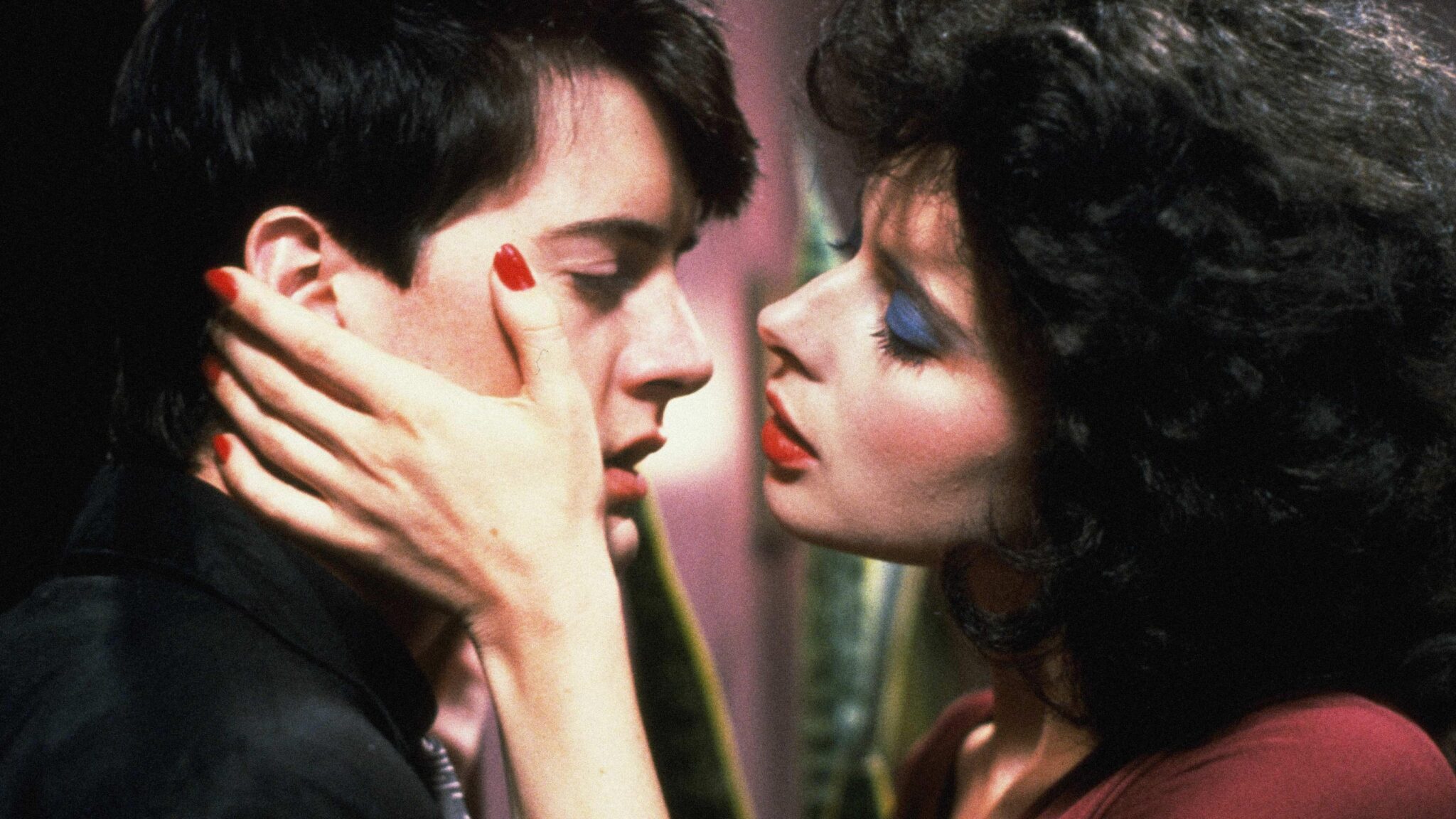When David Lynch passed away earlier this year, the world was shocked and a void was left open in the hearts of his admirers. In the aftermath of his death, I felt obliged to dive into his filmography but of all the best David Lynch movies, there was one that jumped out at me first when I came across it on streaming.
I watched Blue Velvet (1986) for the very first time earlier this year and it instantly became one of my favorite titles, earning a place in my February streaming roundup as a great introduction to Lynch’s infamous filmmaking style. For a while it’s been part of Max’s wide library of movies, but now it’s set to leave before June 30. So if it’s still sitting in that watchlist of yours, allow me to give you a nudge.
Small town, dark secrets
Watch On
Before creating what is widely considered his magnum opus, David Lynch emerged as a filmmaker when he released his debut feature Eraserhead in 1977, a surrealist horror flick shot in black and white with its score and sound all engineered by Lynch himself.
But after a cinematic flop with Dune (1984), it was Blue Velvet that resurrected the dreamlike, neo-noir style that made Lynch who he was and in my opinion, it’s the best entry-level movie for first-time Lynch watchers.
After returning to his peaceful hometown in Lumberton, North Carolina, college student Jeffrey Beaumont (Kyle MacLachlan) discovers a severed human ear in a field, and an investigation is opened. But his unshakable curiosity ignites a desire to get to the bottom of the case himself.
Joining forces with the detective’s daughter Sandy (Laura Dern), the two embark on an investigation of their own which leads them to nightclub singer Dorothy Vallens (Isabella Rossellini), whose strange persona is particularly intriguing for Jeffrey. But beneath her mysterious character is a much darker world of unexpected twists and surprises that Jeffrey nor Sandy are ready to unveil.
A love letter to film noir
Backed with a solid screenplay and captivating on-screen chemistry, especially between MacLachlan and Rossellini, the USP of Blue Velvet is its range of stylistic choices that Lynch meticulously maps out.
From the moment the opening credits stop rolling, the movie’s opening sequence packs a montage of what depicts a seemingly peaceful and friendly neighborhood with a slightly sinister undertone – a perfect set-up for the series of chaos that spirals over the movie’s runtime. And if you’re a cinephile who watches movies purely for the visual element, then look no further.
If you’ve seen Blue Velvet then you’ll know that it’s Lynch’s surrealist, film noir approach that has earned the movie a respected reputation, with its 1950s cinematic influences beaming through each shot and mise-en-scène. Though its costume and makeup choices are still very reflective of the mid-late 1980s, it bodes well for enhancing the movie’s principal message that seemingly innocent communities and settings are riddled with underlying dark secrets.
It’s definitely a move that requires your undivided attention, and during my first time watching Blue Velvet I admit that I was met with some confusion which washed over as the events of the movie began to unfold. But I’d argue that that’s a good thing, as David Lynch crafted his movies to be watched more than once after all.
Read the full article here















